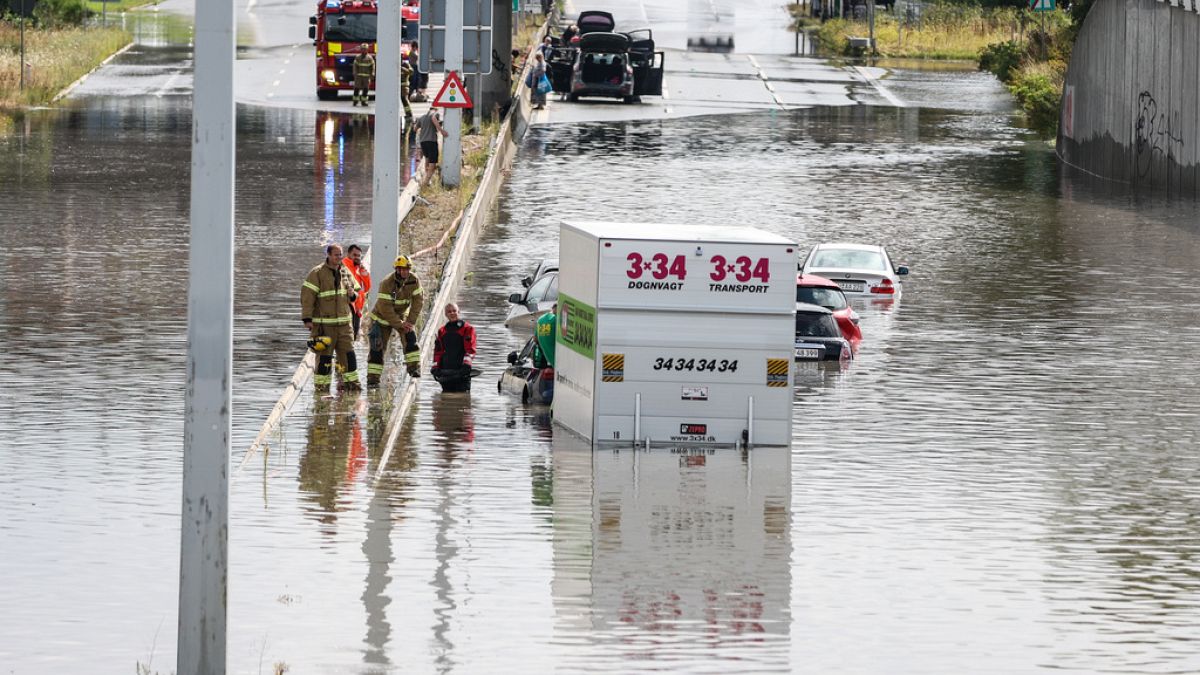Denmark is facing increased risks of flooding, with more extreme weather events expected in the future. Following severe flooding in the western part of the country, the Danish coastal authority has directed 51 out of 98 municipalities to develop flood protection plans. In the port city of Esbjerg, over 140 litres of rain per square metre fell, leading to temporary road closures. The emergency services are now calling for more resources and better training to cope with rising flood risks.
Bjarne Nigaard, Head of Secretariat of the Danish emergency services, emphasized the importance of emergency preparedness as Denmark’s disaster insurance. He highlighted the escalating nature of extreme weather events, which are becoming more violent and unpredictable. Denmark’s Minister for Community Security and Preparedness, Torsten Schack Pedersen, echoed these concerns, noting that the frequency and intensity of extreme weather events have increased significantly in recent years.
The Danish weather service reported a record amount of rainfall in 2023, with 972.7 litres per square metre. This surge in rainfall has raised alarms about the country’s vulnerability to flooding and the urgent need for comprehensive flood protection measures. With climate change exacerbating weather patterns, Denmark must adapt to the evolving risks and invest in robust emergency response systems to mitigate the impact of future floods.
Denmark’s emergency services are on high alert, acknowledging the need for additional resources to address the escalating flood risks. The recent flooding in Esbjerg serves as a stark reminder of the challenges posed by extreme weather events. As the climate continues to change, it is imperative for Denmark to prioritize disaster preparedness and invest in the necessary infrastructure to safeguard vulnerable areas from flooding.
The Danish government is urging municipalities to prioritize flood protection measures and implement comprehensive plans to mitigate the impact of future flooding. With over half of the country’s municipalities directed to develop flood protection strategies, there is a collective effort to strengthen resilience against rising flood risks. By enhancing emergency response capabilities and investing in flood prevention infrastructure, Denmark aims to minimize the adverse effects of extreme weather events on local communities.
In conclusion, Denmark is facing a growing threat of flooding due to the increasing frequency and intensity of extreme weather events. The recent flooding in Esbjerg has underscored the importance of proactive flood protection measures and robust emergency response systems. With climate change altering weather patterns, Denmark must prioritize disaster preparedness and invest in sustainable solutions to mitigate the impact of future floods. By working together to strengthen resilience and enhance flood protection measures, Denmark can better protect its citizens and infrastructure from the escalating risks posed by climate change.































